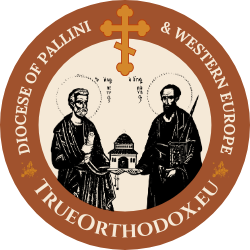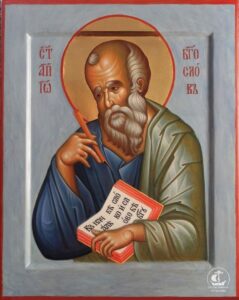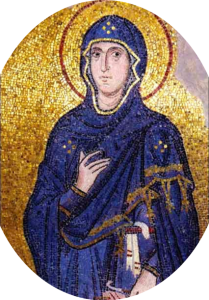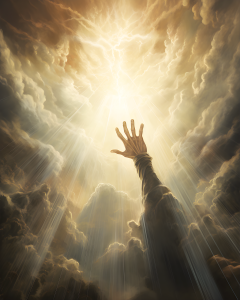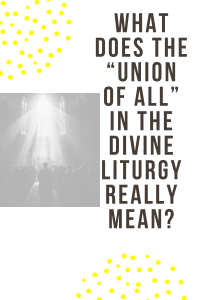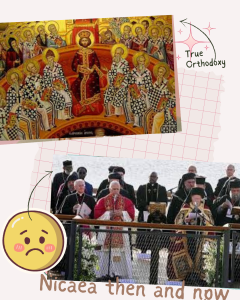The Resurrection of Lazarus:
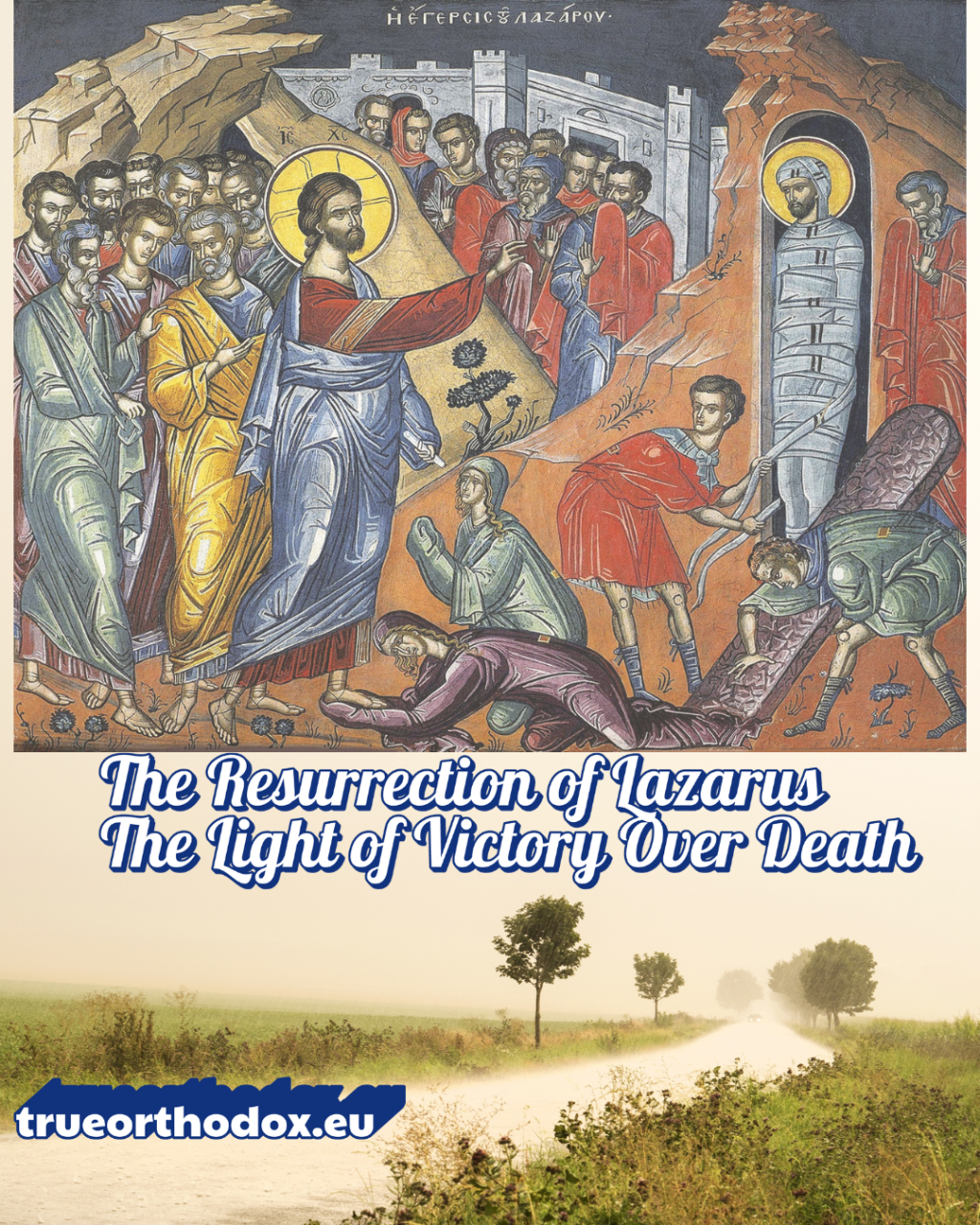
The Light of Victory Over Death
by Priest Aleksandar Radunovic
“Jesus wept… and cried out with a loud voice: Lazarus, come forth! And he who had died came out bound hand and foot with graveclothes, and his face was wrapped with a cloth.” (John 11:35, 43–44)
I. Bethany in the Silence of Death
There was deep sorrow upon the house of Lazarus. The earth stood as a mute witness to the weeping that could not be expressed in words. Death had come, and like a beast that shows no mercy, had crushed the hearts of Martha and Mary. The silence of the house was as heavy as the stone covering the entrance to the tomb. It was already the fourth day. The stench of decay had already pierced the flesh, and hope was delayed.
“Lord, if You had been here, my brother would not have died…” (John 11:21) – said Martha, and with those words, she opened the deep wound of all ages: why does God remain silent when the beloved dies? Where is the Lord when we weep? Why is Love delayed? But precisely in that delay lies the mystery: God is never late. He comes at that moment when His word becomes not only comfort but judgment, not only mercy but also revelation.
Bethany is the icon of humanity: a house filled with tears, despair, pain, and death. In that house dwells love, but that love now lies in the grave. A dead brother, a body decaying, a faithful sister who waits, and one who sits in silence — all these are images of a soul in temptation. Where is the Lord? Where is Salvation?
II. Jesus Comes – But Not as Man, Rather as God
And behold, in the valley of the shadow of death, He appears. Not armed with a sword, not with angels, not in power, but in silence. His coming does not shake the mountains, but hearts tremble. He does not shout, but in His words lies the thunder of eternity.
He asks: “Where have you laid him?” — and with that question, He wounds the heart of death. Like someone coming to reclaim a prisoner, He does not come to negotiate, but to command.
“I am the resurrection and the life; he who believes in Me, though he may die, he shall live.” (John 11:25)
Oh, how these words shake the walls of Hades! Death, which until now was the final word over man, now hears defiance. For before Her stands the One Who is not subject to decay, Who is uncreated, Who is not transient. The One Who was in the beginning, without Whom nothing came into being that came into being (John 1:3), now stands before a tomb — and thus begins the Passion of God.
III. Christ Wept – A Tear as the Proof of Divine Love
“Jesus wept.” (John 11:35)
This is the shortest verse in the Gospel, but the deepest in the heart. God wept. Not nature, not an angel, not creation — but the Logos Himself, the Word of God, wept at the grave of a friend. And what did that tear mean?
It was not a tear of helplessness, as in us. Nor a tear of despair. It was a tear full of co-suffering, a tear of perfect compassion. God Who needs nothing — weeps over what His creation has lost. He weeps over the destroyed image of Himself in us. He weeps over death as a foreigner in the world of life.
This is the place where the entire truth of the Incarnation is revealed: God becomes man not to observe death from the outside, but to enter into its very womb and destroy it from within. He weeps because He loves. He weeps because He enters into the heart of what men fear most — into death itself.
IV. The Command: “Lazarus, Come Forth!”
When God speaks — creation listens. And there, in an instant, through four days of silence, a voice tears down the walls of death:
“Lazarus, come forth!” (John 11:43)
Oh, how the powers of darkness trembled! Hades, which had never before been conquered, shook. It could not hold the one whose name was spoken by the Creator of life. For the word of God is not merely sound, but action. It is not merely a message — it is a command to reality. One word — and death has no power.
And the dead came out. But not in glory, but bound. His face was wrapped. Rivers of tears, choirs of fear and awe broke forth in the hearts of those present. Death is no longer invincible.
V. Lazarus as a Prophetic Icon of Christ’s Resurrection
This resurrection was not just an act of mercy — it was a finger pointing to Golgotha. Lazarus was a sign. A foretoken. A warning. For just a few days later, that same Christ would be laid in a tomb — not to be called out, but to destroy death from within.
The Jews, instead of glorifying Life, decide to kill both Him and Lazarus (John 12:10). Where light is — there the shadow grows darker. The resurrection of Lazarus reveals the depth of human corruption: when eyes see the miracle, but the heart plans murder, then humanity is sick. And thus begins Christ’s final path — the Passion begins with a miracle.
VI. We – The Dead Who Await the Voice
Who is Lazarus? Each of us. We are those already in the tomb: the tomb of sin, self-deception, pride, unbelief. Our body still moves, but the soul already smells of death. The four-day stench is our reality. But if Christ comes, if He merely speaks our name — we will live. And we too shall come out.
That is why the Church constantly cries: “Come, let us meet Him!” — for He goes to the Bethany of our soul. He comes to everyone who has already buried his faith. And He says: “Roll away the stone!” — for without that, there is no resurrection. He does not descend by force. He invites. He asks us to show the tomb, to open the darkness. And then He will do the rest.
VII. The Way to the Cross
By raising Lazarus, the Lord signed His own death. From that day, the great council gathered. Death was offended. Hell was terrified. The Light that raises the dead cannot be allowed in a world of lies. Christ goes to Jerusalem as a Lamb. But with the knowledge that His death — is the death of death itself.
From the grave of a friend, He walks toward His own grave. But between those two graves stands the Cross. And only through the Cross does resurrection come. There is no other way. So it is also in our life — without the Cross, there is no resurrection. Without death — there is no life.
Footnotes:
Bethany – the place where Lazarus lived with his sisters Martha and Mary. Today in Palestine, known as Al-Eizariya (from the Arabic word for Lazarus).
John 11:21 – Martha, the sister of Lazarus, shows both faith and sorrow in these words: had the Lord been present, her brother would not have died. Yet, she does not lose faith.
“I am the resurrection and the life” – one of the strongest declarations of Christ in the Gospel of John. It is not a metaphor, but a statement of the essence of the Logos.
The command “Come forth!” – a direct parallel with the creation of the world: God speaks — and it is. So here: a new creation from the tomb.
John 12:10 – the decision to kill Lazarus after his resurrection shows the depth of the malice of human nature.
The four-day stench – a symbol of spiritual death, of man’s decay without grace.
“Roll away the stone” – Christ does not remove the stone Himself, but asks our participation. A symbol of man’s cooperation in his own salvation.
